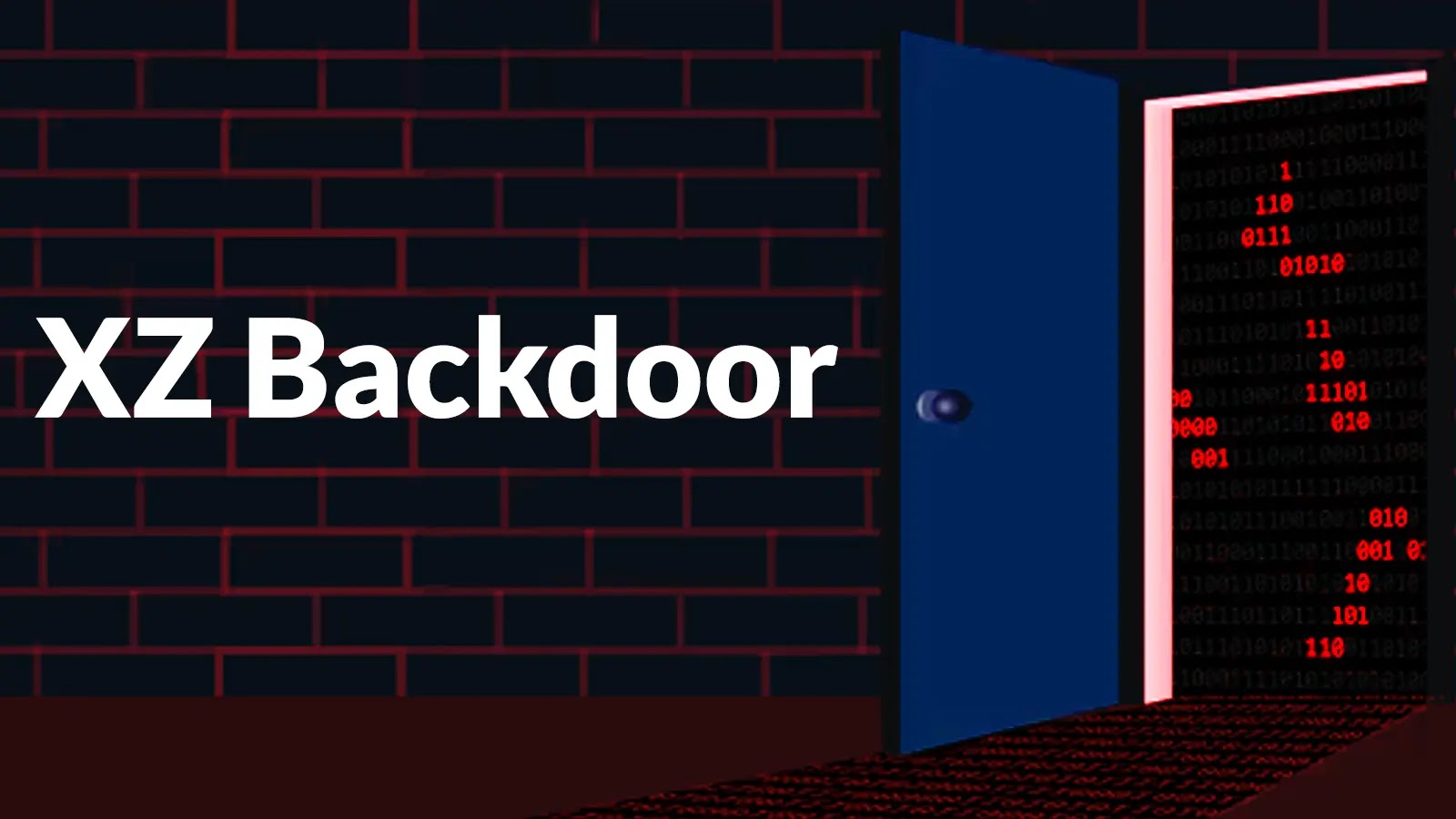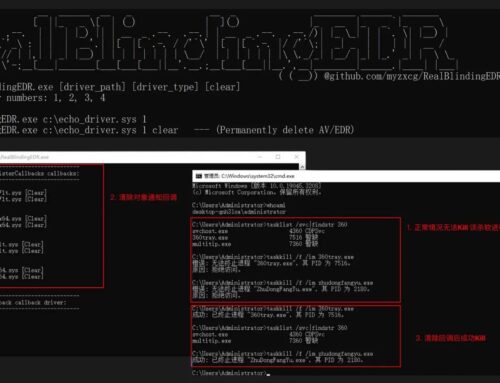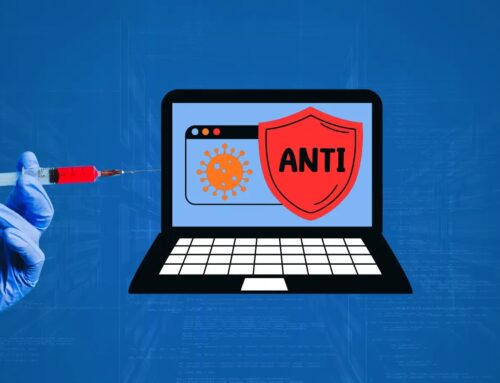
Several Docker Images Contain Infamous XZ Backdoor Planted for More Than a Year
The Lingering Spectre: XZ Backdoor Found in Docker Images
The cybersecurity landscape was irrevocably altered in March 2024 with the discovery of the XZ Utils backdoor, a sophisticated supply chain attack that sent shockwaves through the industry. What began as a meticulously orchestrated two-year campaign, attributed to the pseudonymous developer ‘Jia Tan,’ has continued to unfold, revealing its pervasive reach. Now, reports confirm that the infamous XZ backdoor has been identified within several Docker images, indicating a far more persistent and widespread threat than initially understood.
The XZ Backdoor: A Masterclass in Malicious Sophistication
The XZ Utils backdoor, tracked as CVE-2024-3094, represents a new benchmark in supply chain attacks for its stealth, complexity, and the extended timeline over which it was developed and deployed. Attackers painstakingly inserted malicious code into the legitimate XZ Utils library, a commonplace data compression tool embedded in countless Linux distributions. The objective was clear: create a remote code execution (RCE) backdoor, giving an attacker unauthorized access to compromised systems.
The attack vector hinged on the manipulation of release tarballs and the subtle alteration of build scripts, ensuring that the malicious payload was only compiled under specific conditions, primarily in debian/ubuntu systems. This sophisticated evasion technique allowed the backdoor to lie dormant, undetected, for an extended period, illustrating the critical need for vigilant supply chain security.
Docker’s Exposure: A New Dimension to the Threat
The discovery of the XZ backdoor within Docker images introduces a critical new dimension to this ongoing threat. Docker containers are widely used for rapid deployment and consistency across development and production environments. The presence of compromised XZ Utils within these images means that any system pulling and running such a container could be unknowingly exposing itself to the backdoor. This significantly broadens the attack surface and complicates remediation efforts.
The fact that these images have harbored the backdoor for potentially over a year underscores the stealthy nature of the initial exploit and the time-consuming process required to identify all compromised artifacts. Organizations relying on public or even privately maintained Docker registries must now conduct thorough audits to ensure their deployed containers are not silently harboring this vulnerability.
How the Backdoor Operated in XZ Utils
The XZ Utils backdoor functioned by embedding malicious code into the liblzma component of the XZ library. This malicious code was designed to intercept authentication attempts via SSH. When specific conditions were met during the build process, the backdoor would inject itself, specifically targeting systems using glibc’s IFUNC mechanism.
The intricate design allowed the attacker to potentially execute arbitrary code as soon as a compromised system attempted to use SSH. Such an ability grants immediate root access or high-privilege control, leading to data exfiltration, system disruption, or further lateral movement within a network. The complexity of the obfuscation and the multi-stage infection process made detection exceptionally difficult without deep forensic analysis.
Remediation Actions and Proactive Defense
Given the persistent nature of the XZ Utils backdoor and its presence in Docker images, immediate and comprehensive remediation is paramount. Organizations must adopt a proactive stance to identify and neutralize any potential exposure. Here are critical steps:
- Isolate and Update: Immediately identify and isolate any systems running XZ Utils versions 5.6.0 or 5.6.1. Downgrade to a known safe version (e.g., 5.4.x) or update to the patched version as soon as it’s available and verified.
- Container Image Scrutiny: Audit all Docker images in your registries. Scan them for vulnerable XZ Utils versions. Rebuild images with patched base images or ensure the XZ Utils package within custom images is updated.
- Supply Chain Verification: Implement strict supply chain security practices. Verify the integrity of all third-party libraries and dependencies. Use cryptographic signatures and checksums whenever possible.
- Intrusion Detection and Monitoring: Enhance monitoring for unusual network activity, especially SSH connections, and any anomalous behavior related to processes linked to the XZ library or system build tools.
- Principle of Least Privilege: Enforce the principle of least privilege for all user accounts and system processes. Limit the potential impact of a compromise.
- Vulnerability Scanning: Regularly scan your infrastructure, including containers and host systems, for known vulnerabilities.
- Regular Patching: Maintain a rigorous patching schedule for all operating systems, applications, and libraries.
Tools for Detection and Mitigation
Leveraging the right tools is crucial for identifying and mitigating the XZ Utils vulnerability:
| Tool Name | Purpose | Link |
|---|---|---|
| Trivy | Comprehensive vulnerability scanner for containers, filesystems, and Git repositories. | https://aquasecurity.github.io/trivy/ |
| ClamAV | Open-source antivirus engine; can be updated with specific signatures for XZ backdoor detection. | https://www.clamav.net/ |
| Docker Scout (Commercial) | SCA (Software Composition Analysis) for Docker images, including vulnerability detection. | https://www.docker.com/products/docker-scout/ |
| OpenSCAP | Standardized compliance and vulnerability management for Linux systems. | https://www.open-scap.org/ |
| Sysdig Falco | Runtime security for containers and Kubernetes, detecting anomalous behavior. | https://falco.org/ |
Continuing Vigilance in the Supply Chain
The discovery of the XZ backdoor within Docker images serves as a stark reminder of the evolving and increasingly sophisticated nature of supply chain attacks. It highlights that the impact of a single, well-placed malicious component can reverberate across an entire ecosystem of software and systems. The security community must remain hyper-vigilant, continuously refining detection methods, strengthening supply chain integrity, and fostering rapid information sharing to combat these pervasive threats. Proactive security measures, thorough auditing, and maintaining up-to-date systems are non-negotiable for safeguarding digital infrastructures against future sophisticated attacks.





